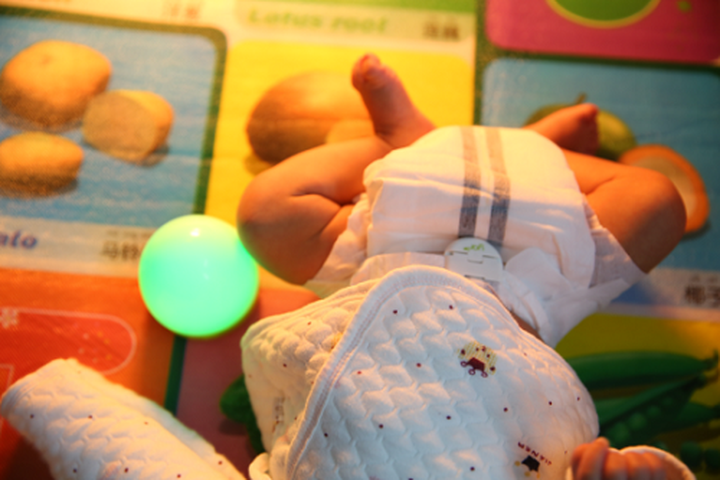Due to the continuous improvement of performance, diaper.nappy.baby pants and other products have been recognized by many consumers at home and abroad. To this end, many companies have joined in, making product competition more intense. And traditional products are constantly evolving towards intelligent private customization. The premise of intelligence is that there needs to be a suitable sensor to collect data in time and analyze the physical condition of the wearer.

To realize the electrochemical detection of glucose and uric acid in urine, a sensor needs to be fabricated to detect these two substances. The selection of electrode materials is the key to ensure the smooth progress of the entire electrochemical reaction. Among them, the working electrode cannot react with the solution, and the researchers kept it stable while modifying the working electrode. Commonly used working electrode materials are glassy carbon, platinum, gold, silver, conductive glass, etc. It only has a conductive effect on the electrode itself, with low impedance and is not easy to polarize, so materials with stable properties such as platinum or graphite are often used. The excitation voltages generated by chronoamperometry and cyclic voltammetry are applied to the reference and working electrodes. There is no electron transfer between the two, but electrons need to be prevented from flowing out of the reference electrode. Commonly used reference electrodes include saturated calomel electrode, Ag/AgCI electrode, reversible hydrogen electrode, etc.

Before fabrication, a 6mm × 35mm substrate sheet was first cut on the flexible PET, and masks of the same size were fabricated at the same time, which were respectively used to fabricate each electrode shape. First, the PET substrate was washed with absolute ethanol and deionized water; then the substrate material was fixed on the screen printing table, and the cover plate was fully bonded to the substrate with an adhesive. At the same time, apply the silver paste evenly on one edge of the cover plate, scrape it in a single direction with a scraper, repeat 2 to 3 times, and print out all electrode shapes to ensure that the surface is flat and uniform. The purpose of this is to reduce the impedance of the circuit. Since the electrical signal generated by the sensor is very weak, excessive circuit impedance will lead to electrical signal loss; carbon paste is printed on the surface of the silver paste to complete the production of electrodes and working electrodes; next, the reference electrode is printed with Ag/AgCl ink. After the above steps are completed, all electrodes need to be dried at room temperature. The ethanol solution was dropped on the working electrode surface of the glucose sensor and the uric acid sensor, and dried in a refrigerator at 4 °C overnight; TTF, as an electronic medium, would accelerate the electron transfer between the electrode surface and the enzyme active center. Secondly, after drying, smear 2uLGOD solution and 2uLUOD solution on the TTF membrane electrode, and store it in a refrigerator at 4 °C for 1 hour to detect glucose and uric acid; On the electrode surface of UOD, the sensor was dried overnight in a 4°C refrigerator to prevent the loss of urine environment, resulting in large detection errors. Finally, the surface of the electrode is covered with a waterproof film to complete the sensor package.

Because the final requirements of intelligent diaper, nappy, and baby pants products of different enterprises will be different, there will also be differences in the design of sensors. The above is only a reference design, which aims to provide some experience for the improvement of intelligent equipment.
Comment(0)
You can comment after
SIGN IN